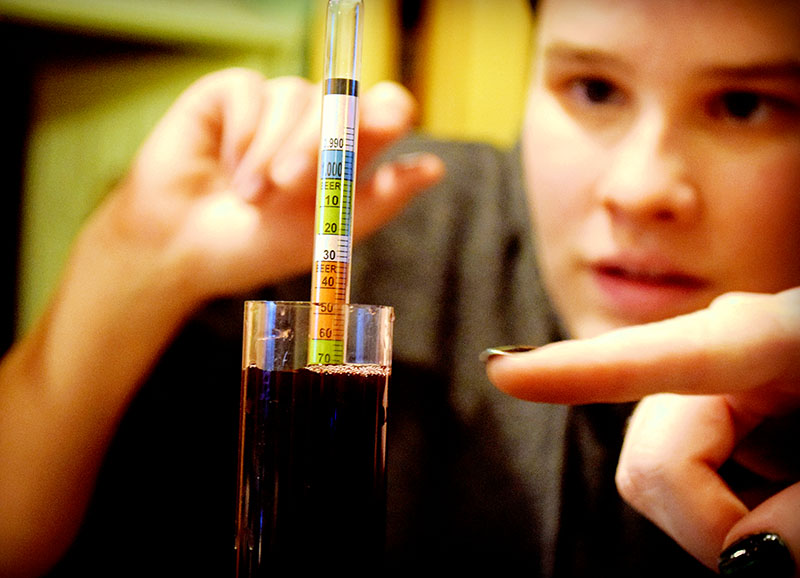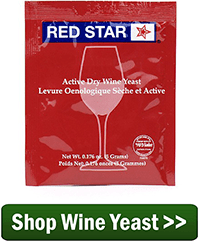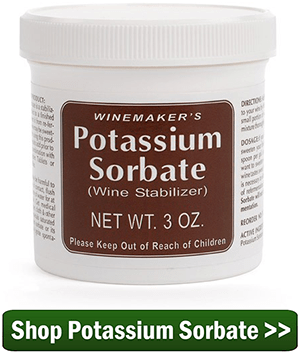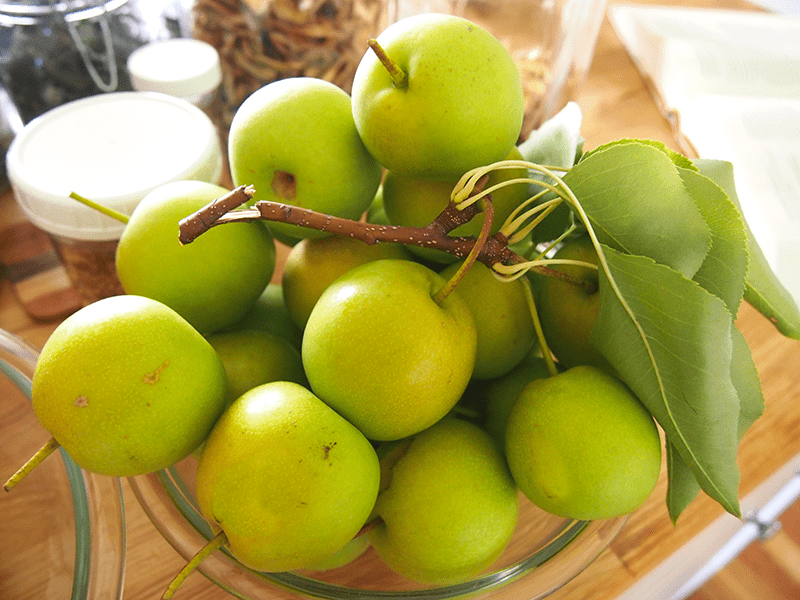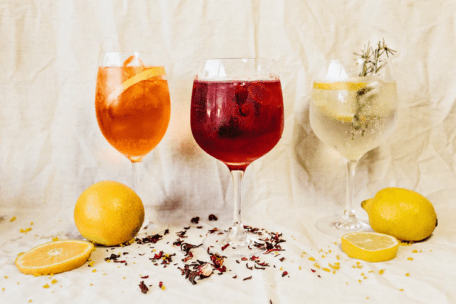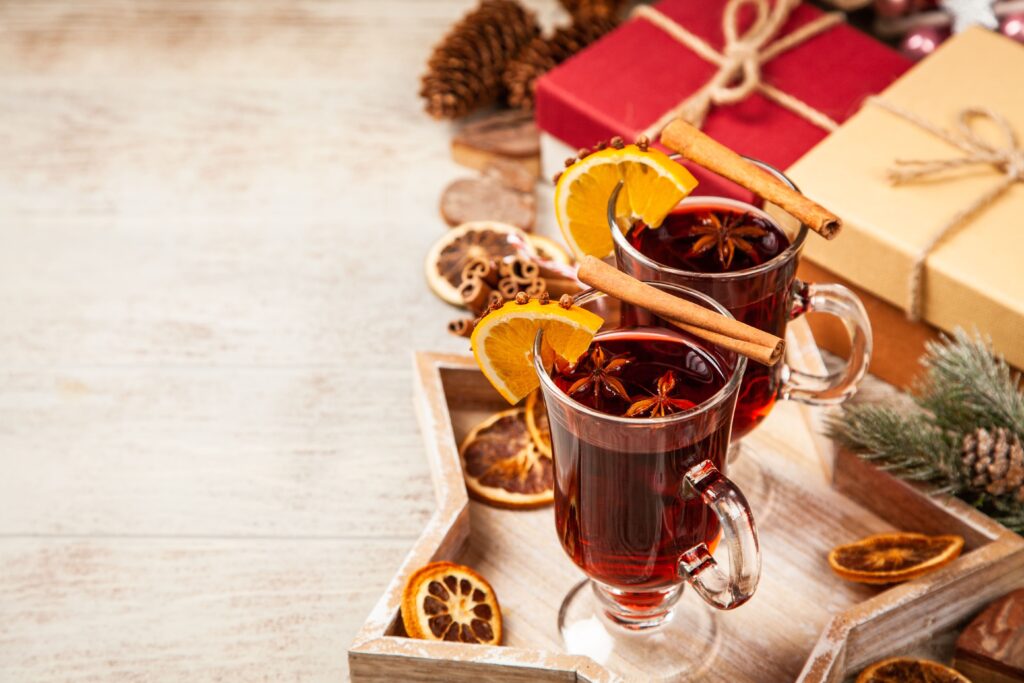 A few days ago we posted the blog, “7 Random Wine Making Facts…”. It had such a great response I decided to put some more wine making facts into a post.
A few days ago we posted the blog, “7 Random Wine Making Facts…”. It had such a great response I decided to put some more wine making facts into a post.
These are trivial little pieces of information that randomly shoot off into different areas of wine and winemaking. Some of them you may already know, but do you know them all?
- A single packet of wine yeast multiplies itself many times over during a fermentation. That little 5 gram packet of wine yeast you put into your fermentation will typically regenerate itself by 100 to 200 times. Most of the growth happens during the first 3 to 5 days of fermentation. This is what it takes to have a vigorous fermentation.
- All grape juice starts out clear. If you go out into the vineyard and lightly squeeze a wine grape of any color: red, blue, purple, black, green, yellow… you will get the same color grape juice, clear. Squeeze the same grape harder and roll it between your fingers, and you will notice that the juice coming from the grape is no longer clear. The color starts to release from the skin and join in with the grape juice. The color of the grape juice comes from the grape skin, not the grape juice itself.
- All wine contains vinegar. This wine making fact throws many for a loop, but no matter whose wine it is, who made it, or where you got or bought it, the wine has vinegar in it. This is because vinegar, also known as acetobacter, is a natural byproduct of a wine fermentation. The wine yeast actually produces low levels of vinegar while fermenting. Most wines have a level of vinegar on the order of .02% to .06%. Small indeed, but enough to contribute to the wine’s overall character in subtle ways.
- Here’s a handy piece of math that may interest you. Take your wine hydrometer and get the starting Specific Gravity (S.G) minus the ending Specific Gravity (before and after fermentation), and times it by 131. This equals the alcohol in the wine. As an example, let’s say your wine hydrometer reading at the beginning of fermentation is 1.100, and your ending hydrometer reading is 0.996. You take 1.100 minus 0.996. That equals 0.104. Times 0.104 by 131. That gives you an alcohol reading of 13.62%. Could be handy!
- One grape vine produces about a gallon of wine. This is a very general wine making fact, but gives you a good ballpark, rule-of-thumb to go by when thinking about planting some grape vines. Some variables that affect this amount are: the type of grapes planted, the climate, the soil, and how well you maintain the trellising and punning.
- Grape vines do not produce a full crop until their 4th year. This wine making fact relates to #5, above. When starting a vineyard, you need to plan ahead. The first two years will have no substantial harvest. During the third you will have enough grapes to do a test run of your wine making. It won’t be until your forth season that you will have a full-fledged, complete and usable harvest.
- You can freeze your wine making fruit. One problem with making garden fruit wine is getting enough of the fruit all at one time to make a complete batch. No worries. Just freeze the fruit until you do have enough. Freezing the fruit will help to break down its fiber. This makes it easier to extract the flavor into the wine.
There you have it, 7 ‘more’ random wine making facts. Can you think of any? We’d love to hear them and share them with other home winemakers. Just comment below and we’ll pass it along.
—–
Ed Kraus is a 3rd generation home brewer/winemaker and has been an owner of E. C. Kraus since 1999. He has been helping individuals make better wine and beer for over 25 years.

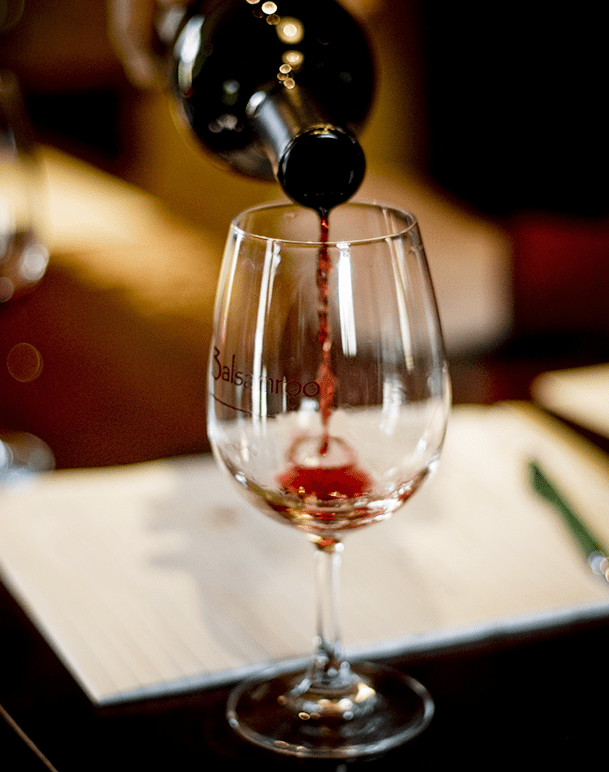 Yesterday, I posted
Yesterday, I posted 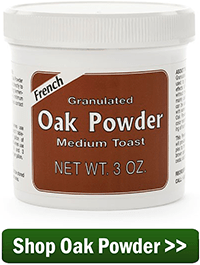
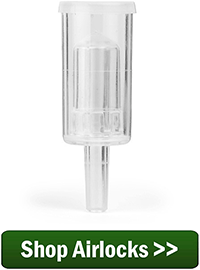
 There are many different ways to make sparkling wine. There is the Methode Champenoise, the traditional French method believed to produce the highest-quality sparkling wine. The Charmat Method, a.k.a. the more affordable method, which utilizes a tank and creates wine like Prosecco. The Transfer Method, a combination of the Champenoise and Charmat methods. The Carbonation Method, which we do not recommend, and a few other methods you can read about
There are many different ways to make sparkling wine. There is the Methode Champenoise, the traditional French method believed to produce the highest-quality sparkling wine. The Charmat Method, a.k.a. the more affordable method, which utilizes a tank and creates wine like Prosecco. The Transfer Method, a combination of the Champenoise and Charmat methods. The Carbonation Method, which we do not recommend, and a few other methods you can read about 
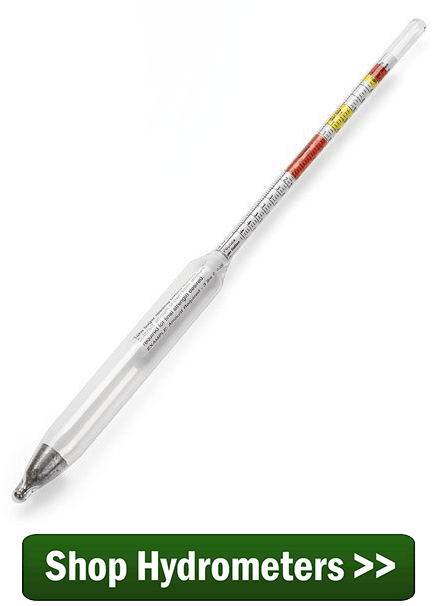
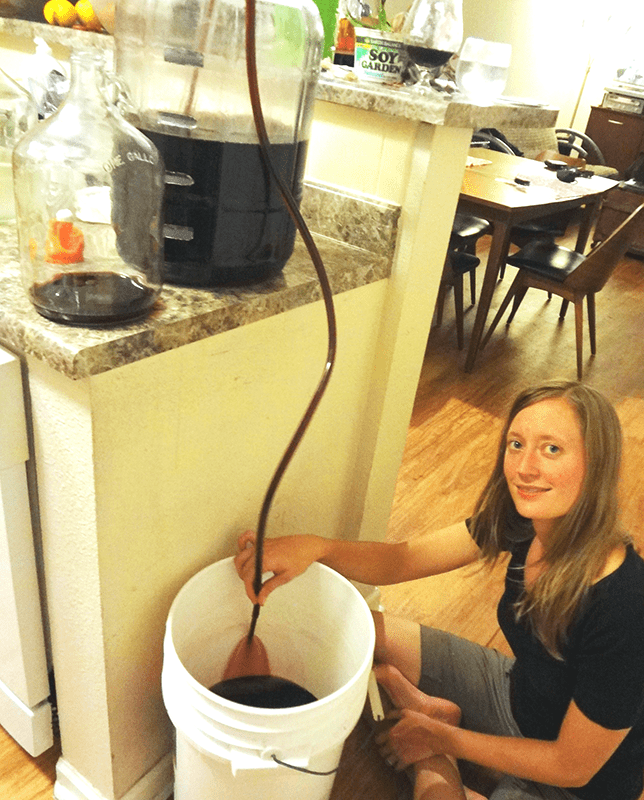
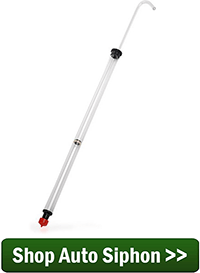
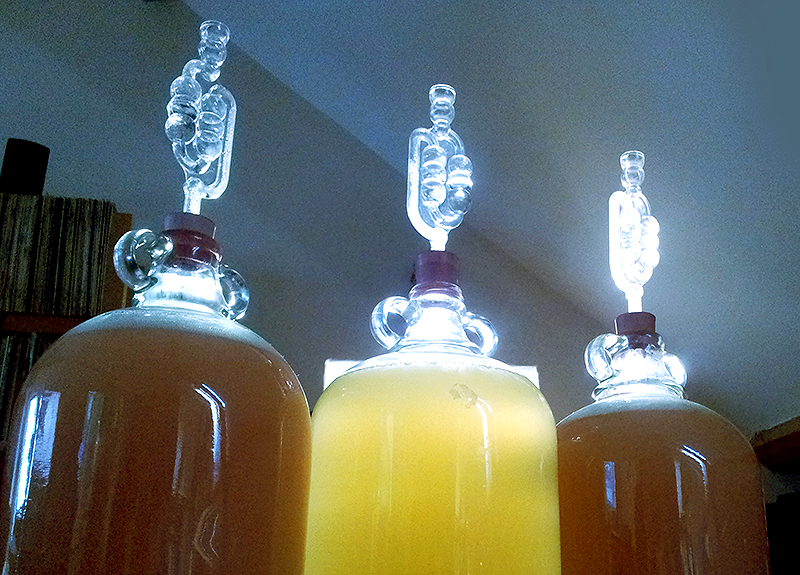 On many occasions we have been asked this simple question, “Should a wine making fermenter be sealed with an air-lock during the first few days of fermentation — the primary fermentation — or should it be left open, exposed to the air?”
On many occasions we have been asked this simple question, “Should a wine making fermenter be sealed with an air-lock during the first few days of fermentation — the primary fermentation — or should it be left open, exposed to the air?”